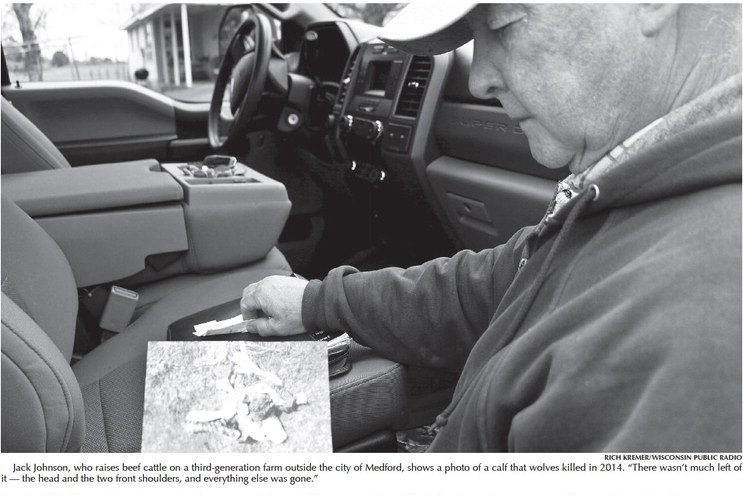dogs, the DNR offers an ….


dogs, the DNR offers an interactive map showing areas where dogs have recently been killed.
But Groskopf said wolves are everywhere she hunts and trains her do...


dogs, the DNR offers an interactive map showing areas where dogs have recently been killed.
But Groskopf said wolves are everywhere she hunts and trains her do...